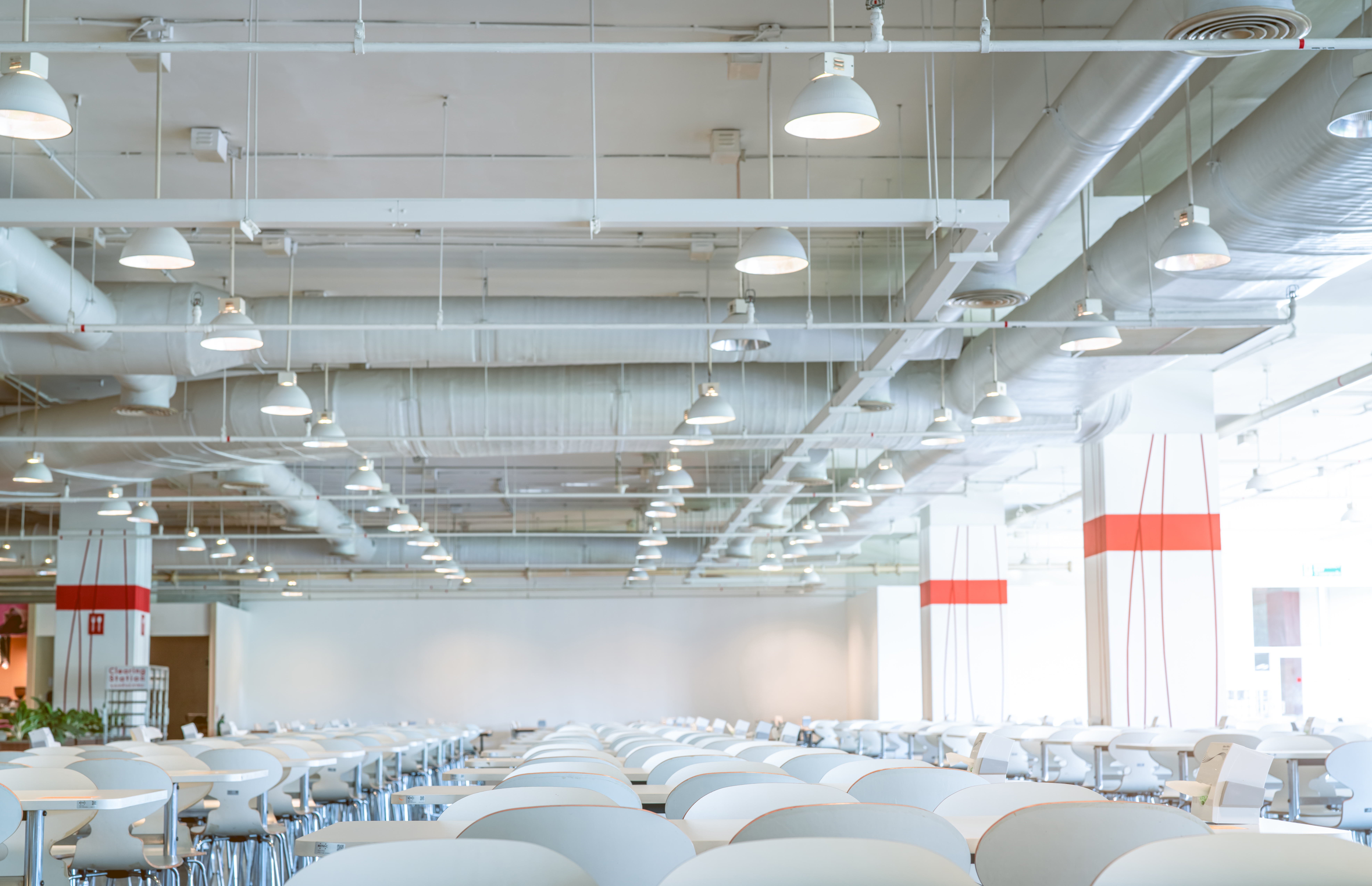
Proper ventilation is crucial in restaurants to ensure a pleasant dining experience for customers and maintain a comfortable and healthy environment for both guests and staff. Inadequate ventilation can lead to the noticeable presence of strong food odors, which can be off-putting to customers and negatively impact their dining experience. Addressing this challenge requires a well-designed ventilation system that effectively captures and removes cooking odors, preventing them from permeating the dining area.
The ventilation system in restaurants is closely tied to the kitchen ventilation, as it is the primary source of food smells and heat generation. A well-planned ventilation system should focus on two main aspects: exhaust ventilation to remove cooking odors and supply ventilation to ensure a continuous supply of fresh air to the dining area.
To effectively manage cooking odors, a properly sized and positioned exhaust hood should be installed above cooking equipment in the kitchen. The hood should have sufficient airflow capacity to capture and extract the airborne contaminants, such as grease, smoke, and cooking odors, effectively. The captured air should be directed through a ductwork system and expelled to the exterior of the building, away from the dining area and neighboring spaces.
In addition to the exhaust ventilation, supply ventilation is essential to maintain a comfortable indoor environment in the dining area. The supply ventilation system should provide a continuous supply of fresh air, ensuring proper air circulation and dilution of any residual odors. This can be achieved through the installation of air vents strategically placed throughout the dining area, allowing fresh air to enter and stale air to be expelled.
One of the often overlooked aspects of restaurant ventilation is preventing the kitchen's food smells from permeating the dining area. This can be achieved through careful design and implementation of the ventilation system. Separation of the kitchen and dining areas, the use of air curtains, or the installation of air pressure differentials can help create a physical barrier and prevent the migration of food smells into the dining space. By effectively containing the food smells within the kitchen, customers can enjoy their meals without any unwanted odors.
Furthermore, the excess heat generated in the kitchen can be harnessed to provide free heating for other sections of the restaurant during the winter months. This can be achieved through the implementation of heat recovery systems. These systems capture the excess heat from the kitchen's exhaust air and transfer it to a heat exchanger, which can then be used to preheat the incoming fresh air or provide space heating for other areas of the restaurant. By utilizing this waste heat, energy efficiency is improved, and the heating load on the building's HVAC system is reduced.
To ensure the effectiveness and efficiency of the ventilation system in restaurants, regular maintenance and cleaning are crucial. Filters should be inspected and cleaned or replaced as necessary to prevent the accumulation of grease and other airborne particles, which can obstruct airflow and reduce the system's performance. Additionally, the ductwork should be regularly cleaned to remove any grease buildup, ensuring proper airflow and minimizing the risk of fire hazards.
In conclusion, sufficient ventilation in restaurants is essential to create a pleasant dining environment and prevent the migration of food smells from the kitchen to the dining area. A well-designed ventilation system should incorporate exhaust ventilation to remove cooking odors and supply ventilation to provide fresh air to the dining area. Proper separation between the kitchen and dining areas, the use of air curtains, or air pressure differentials can help contain food smells within the kitchen. Moreover, the excess heat generated in the kitchen can be effectively utilized for heating other sections of the restaurant during winter, contributing to energy efficiency and cost savings. Regular maintenance and cleaning of the ventilation system are vital to ensure its optimal performance. By addressing these considerations, restaurants can create a comfortable and enjoyable dining experience for their customers while maintaining a healthy and productive environment for their staff.
Find Us
Inair India,
4th floor, Fortune Monarch Towers,
Road number 36, Jubilee hills,
Popular Searches
© 2023 – Inair
Privacy Policy© 2023 – Inair
Privacy Policy